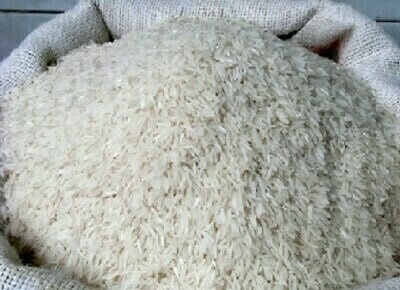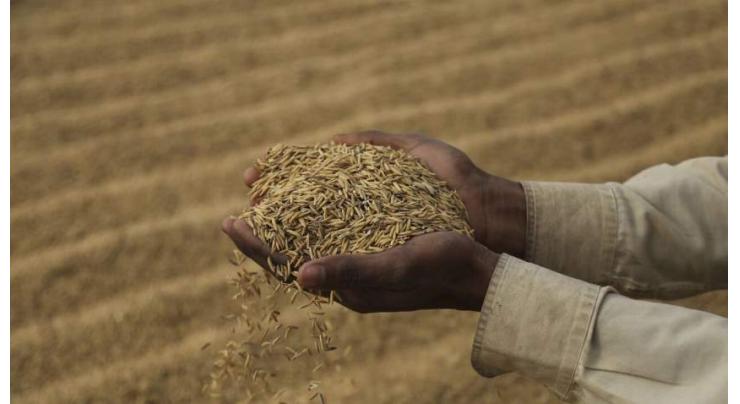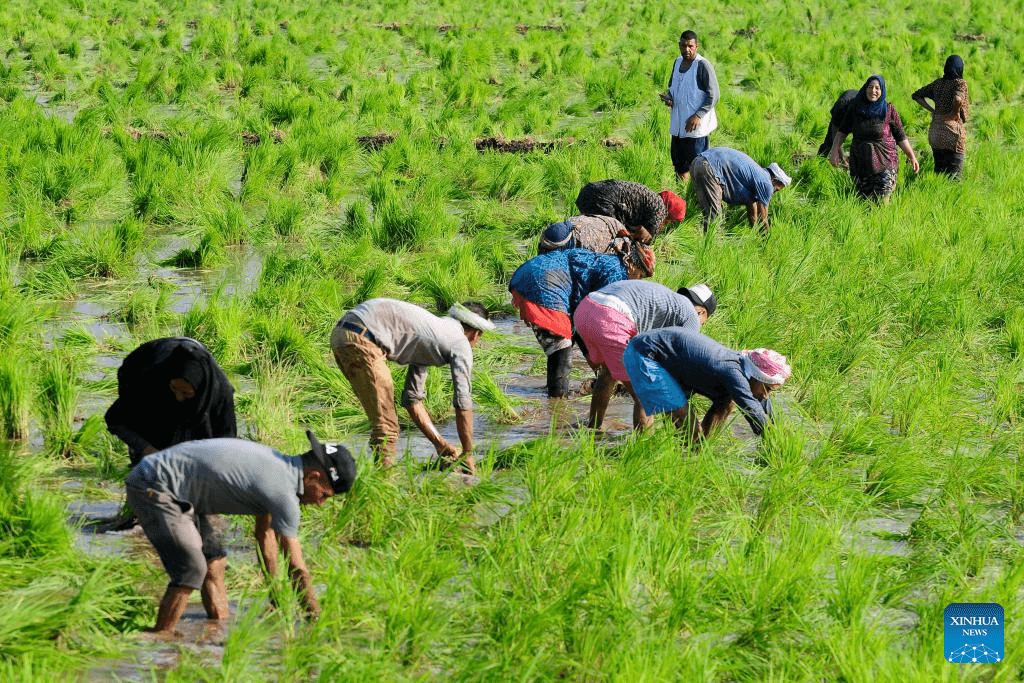Tags
Rice farmers celebrate bumper harvest after adopting climate-smart technologies
A participant noted that continuous planting of cereals over the years is taking a lot of nutrients from the soils.
Four months after adopting new farming technology, farmers across communities in Lafia Local Government Area of Nasarawa State, on Wednesday, gathered in the Assakio community to celebrate their harvest.
The farmers, both women and men, who are into rice production on a small scale, assembled to narrate the effectiveness of a new climate-smart model of farming they were exposed to four months ago by officials of Sasakawa Africa Association (SAA)—a Japanese firm walking with the farmers to improve crop yield and their livelihoods.
The farmers told PREMIUM TIMES that they were exposed to new rice farming technologies described as “Bokashi and Biochar” to decarbonise rice farms in the state amidst climate change effects such as drought and flooding.

According to the SAA Program Assistant on Regenerative Agriculture, Mariam Aliyu, the primary aim of introducing the technologies to rice farmers in Nasarawa State is to help amend depleted soils and reduce carbon emissions from rice fields.
She explained that the farmers were trained in May this year and that the soil amendment technologies serve more-or-less as organic manure to the soil which helps improve the structure and other soil properties required for crop production.
“They also help retain soil moisture and increase fertility over a long period,” she told PREMIUM TIMES in an interview.
Ms Aliyu explained that the materials required for the technology are affordable and readily available to farmers.
She explained that the farmers were trained in May this year and that the soil amendment technologies serve more-or-less as organic manure to the soil which helps improve the structure and other soil properties required for crop production.
“They also help retain soil moisture and increase fertility over a long period,” she told PREMIUM TIMES in an interview.
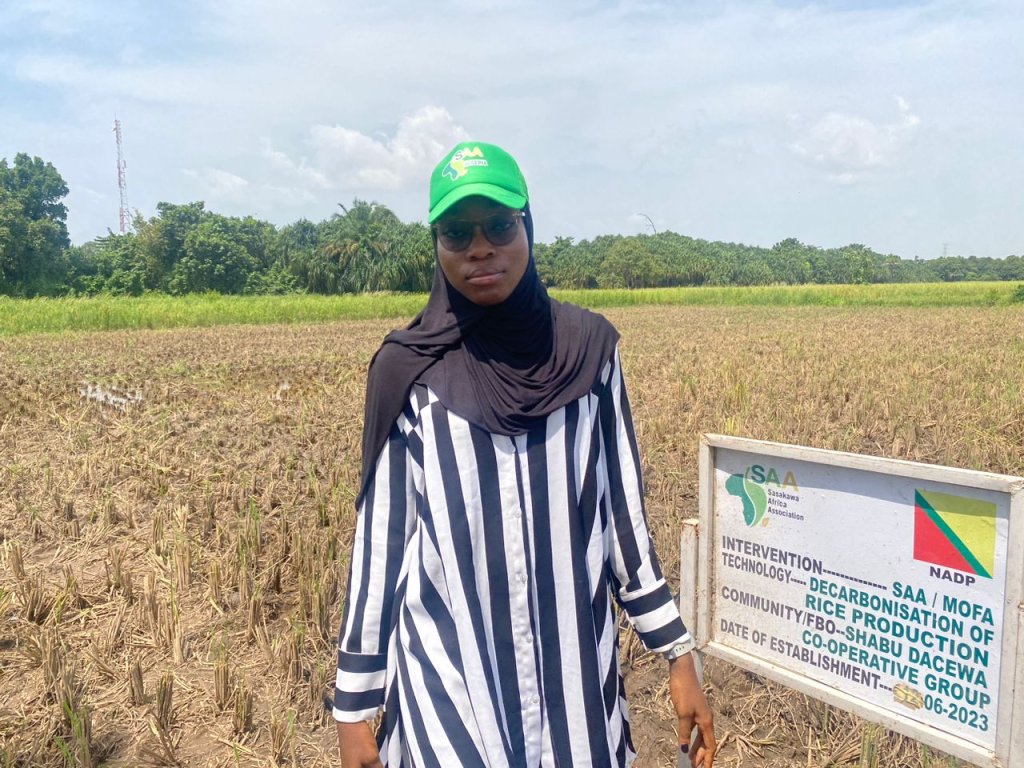
Ms Aliyu explained that the materials required for the technology are affordable and readily available to farmers.
These, she said, are mixed, and allowed to decompose in an airtight container, hence helping to improve soil condition for farming and curb usage of inorganic fertilisers.
On the other hand, the farmer said “Biochar” is made by burning rice husks under pyrolysis —burning in the absence of oxygen.
After attaining the required burning level of the rice husk, the set-up is allowed to cool and further activated with either compost, animal manure or bokashi, she said.
“Farmers used bokashi with biochar by mixing and incorporating it on the farmland during land preparation,” Ms Aliyu said.
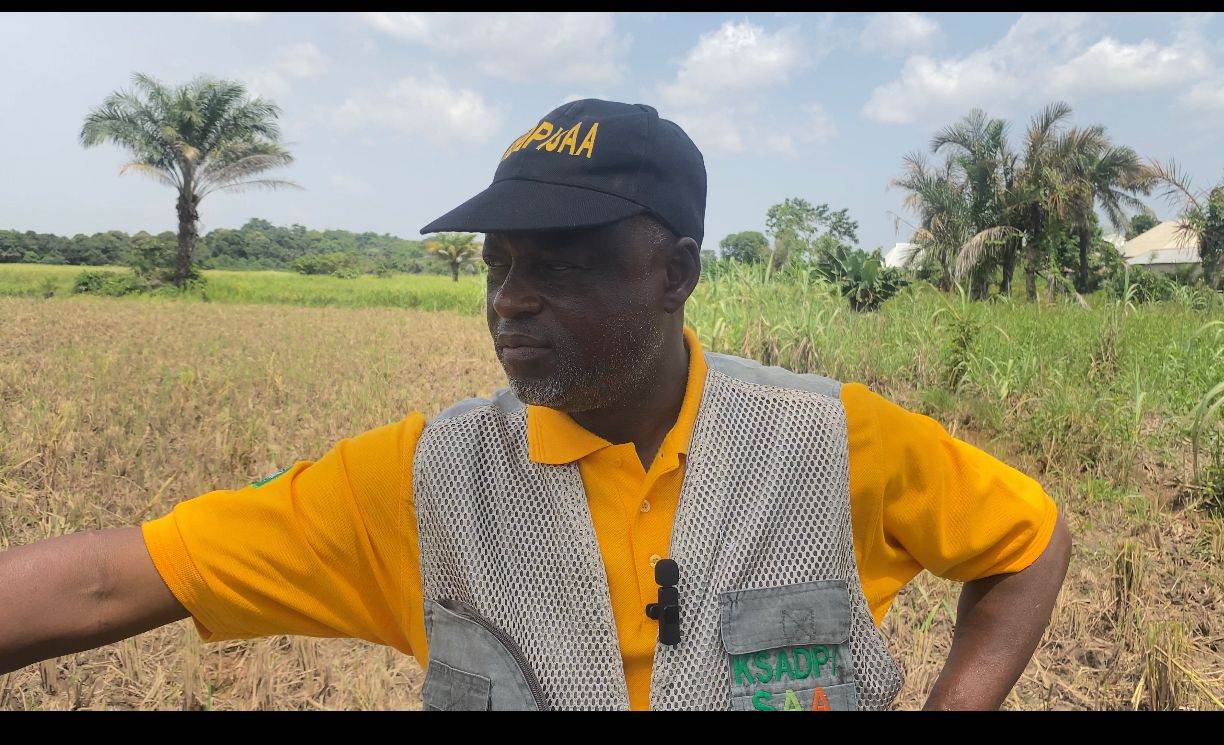
On his part, Ibrahim Fagge, Technical Coordinator, Regenerative Agriculture SAA Nigeria, said nutrients in soils being used for cultivation have depleted due to continuous cropping over the years, hence the reason for exposing farmers to Regenerative Agricultural practices in Nigeria.
“Continuous planting of cereals over the years are taking a lot of nutrients from the soils and they are not adding any value to the soils,” he said.
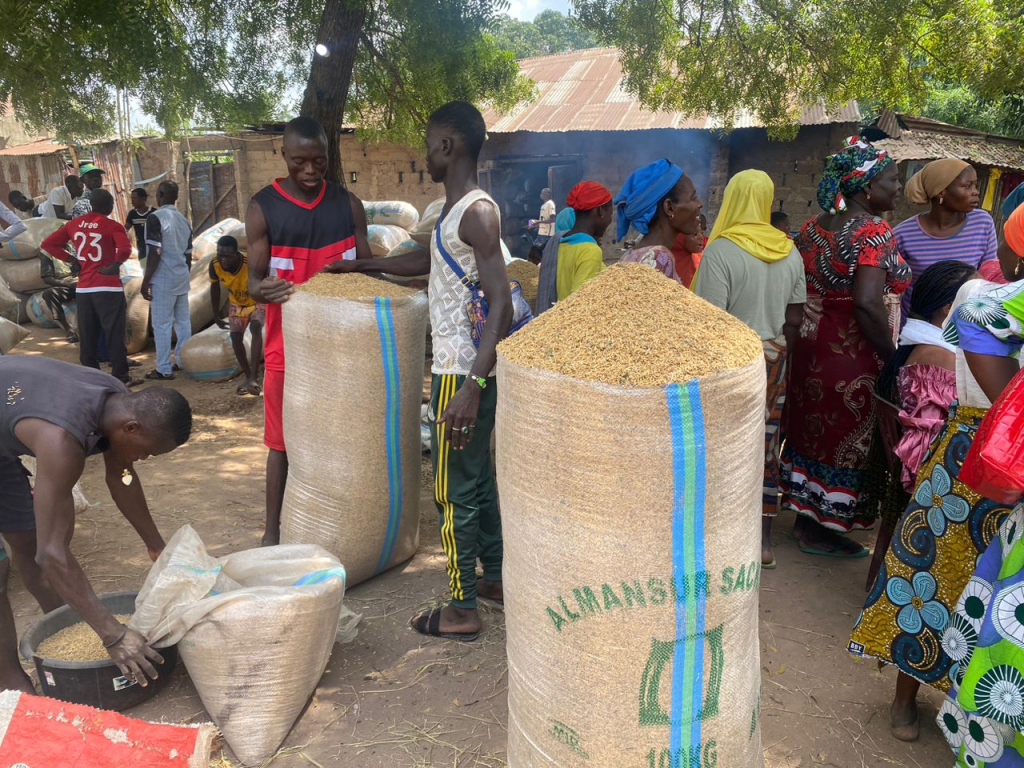
To address this challenge, Mr Fagge said farmers were exposed to several Regenerative Agricultural practices such as intercropping of leguminous crops (Cowpea) together with cereals (rice, sorghum, millet, maize) in the different farming systems.
Farmers reaction
The excited farmers were eager to share their experiences from the implementation of the new farming practices they were exposed to in the early stages of this year’s planting season. Those who spoke to this newspaper in the Assakio community eulogised the sustainable agriculture systems they adopted.
The farmers displayed their harvest in large bags consisting of rice paddies and maize awaiting off-takers.
“We were exposed to the modern ways of farming and we have achieved a lot of things from the training,” Abahia James, a rice farmer, told PREMIUM TIMES.
Most of the farmers who shared their experiences with this medium said they were trained on better agronomic practices such as fertiliser application, proper seed planting methods ( transplanting), and decarbonisation of their rice fields.

Before now, the farmer said they were planting rice through the “broadcasting method” but that changed after the training.
“We were meant to understand that the broadcasting method is a waste of seedlings and time. Sasakawa asked us to adopt a transplanting system and the result is amazing,” Mr James said.
Before the training, the farmer said he used to harvest a maximum of 18 bags of rice paddies from his plot farm, but this year was different.
“As we speak, I have harvested over 22 bags and people are in my farm threshing more rice as I speak to you,” he said.
https://www.premiumtimesng.com/news/top-news/637288-rice-farmers-celebrate-bumper-harvest-after-adopting-climate-smart-technologies.htmlPublished Date: October 26, 2023




